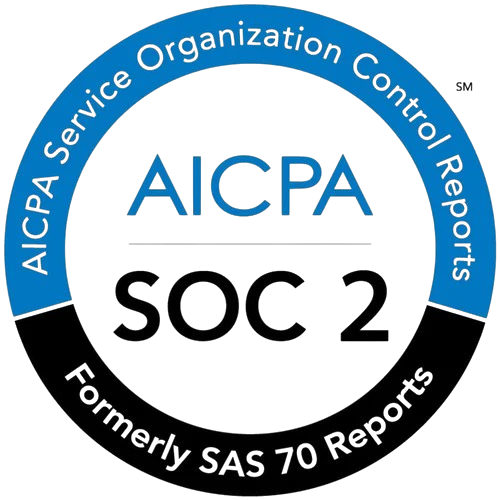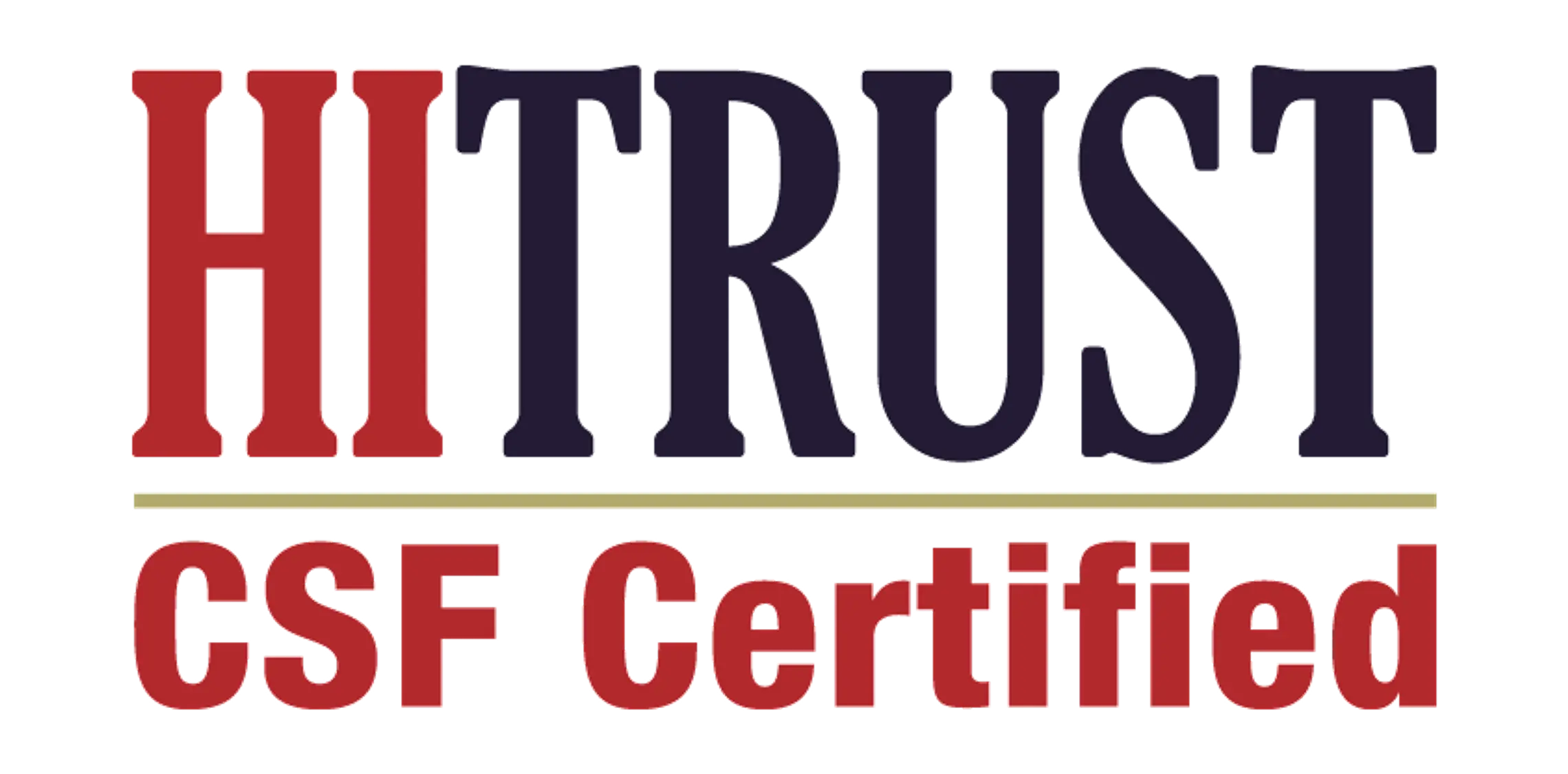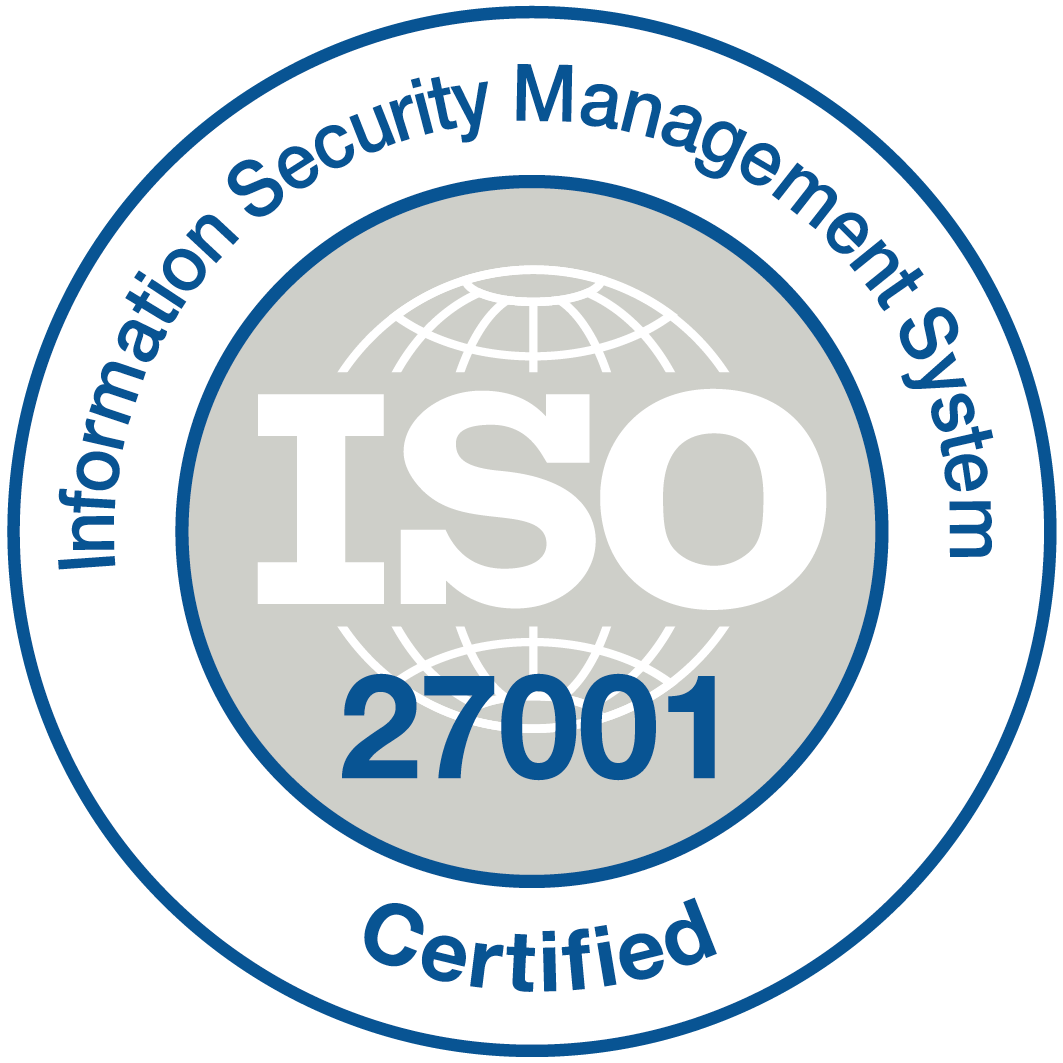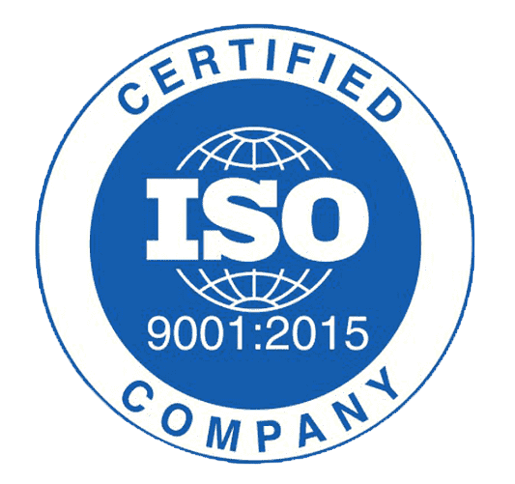Navigating the maze: Overcoming challenges in patient collections for healthcare providers

In the ever-evolving landscape of healthcare, one of the significant challenges that providers face is the patient collections process. As medical expenses continue to rise, patients are increasingly responsible for larger portions of their healthcare costs. This shift has introduced a host of obstacles for healthcare organizations, from ensuring timely payments to maintaining patient satisfaction. Addressing these challenges is no small feat, but with strategic measures in place, providers can successfully navigate the complexities of patient collections.
Understanding the Financial Shift
One of the primary hurdles in patient collections is the shift towards high-deductible health plans and increased out-of-pocket expenses. Patients are now more likely to postpone or forgo care owing to financial uncertainty, making it crucial for healthcare providers to ensure that their billing practices are transparent and effective. A significant first step is implementing clear communication strategies that outline potential costs and payment options. Educating patients about their insurance plans, deductibles, and potential out-of-pocket expenses before services are rendered can significantly improve collection rates.
Enhancing the Patient Experience
Another aspect of successful patient collections is enhancing the overall patient experience. A positive interaction with the billing and collections process can lead to higher patient satisfaction and higher collection rates. A friendly, empathetic approach in discussing payments can transform a typically uncomfortable conversation into a constructive dialogue. Additionally, offering flexible payment plans and clear financial counseling can empower patients to manage their healthcare costs without fear or confusion.
Leveraging Technology
The digital transformation in healthcare is a game changer, especially in patient collections. Utilizing technology such as automated billing systems, mobile payment platforms, and patient portals not only streamlines the payment process but also meets patients where they are. These tools can send payment reminders via text or email, facilitate online payments, and provide easy access to billing statements, making it convenient for patients to fulfill their financial obligations. Furthermore, data analytics can help healthcare providers identify patterns in patient payment behaviors and adjust strategies accordingly.
Training Staff for Success
For many healthcare organizations, training staff is crucial in addressing the challenges of patient collections. Frontline employees should feel equipped to handle patient inquiries about billing and collections with knowledge and compassion. Regular training sessions can ensure that staff are up-to-date on the billing process, insurance changes, and effective communication practices. This level of preparedness not only helps in resolving issues more efficiently but also fosters a supportive environment for patients.
Fostering Open Communication
Establishing open lines of communication between patients and healthcare providers can significantly alleviate frustrations associated with collections. Providers should encourage patients to ask questions and voice concerns about their bills. Regular check-ins or surveys can also offer insights into patient satisfaction with the collections process—information that can be used to refine and improve strategies.
Conclusion: A Collaborative Approach
Ultimately, addressing the challenges in the patient collections process requires a collaborative approach focused on understanding the needs of patients while ensuring the financial health of the organization. By implementing clear communication strategies, leveraging technology, training staff, and fostering open dialogue, healthcare providers can navigate the complexities of patient collections more effectively. In doing so, they not only enhance their financial performance but also improve the overall patient experience—creating a win-win scenario in today's challenging healthcare environment.


